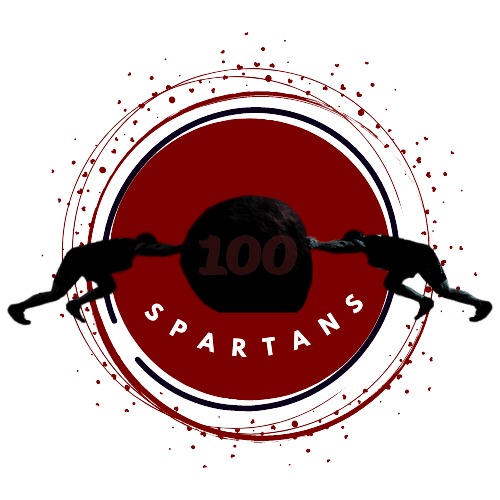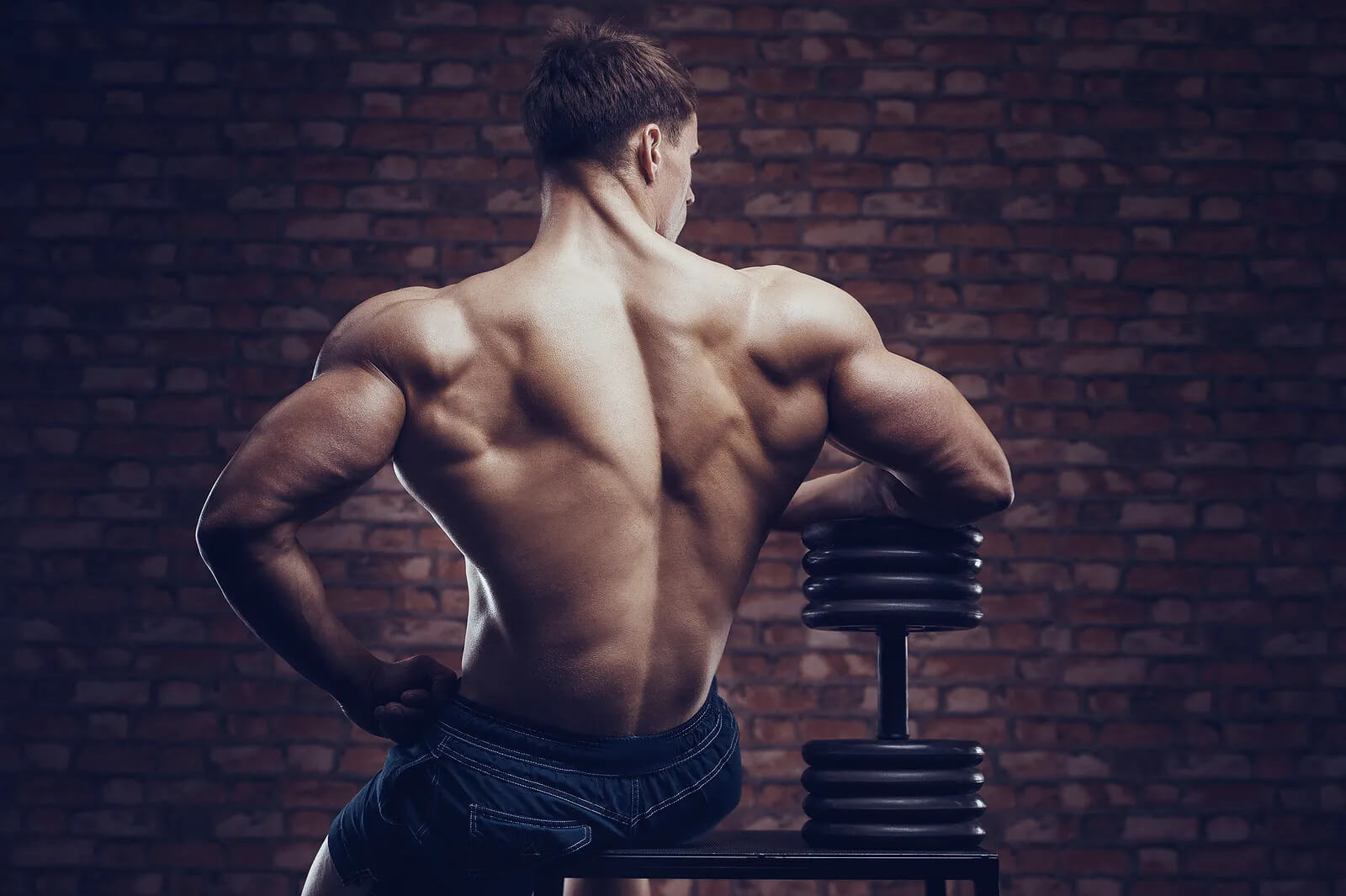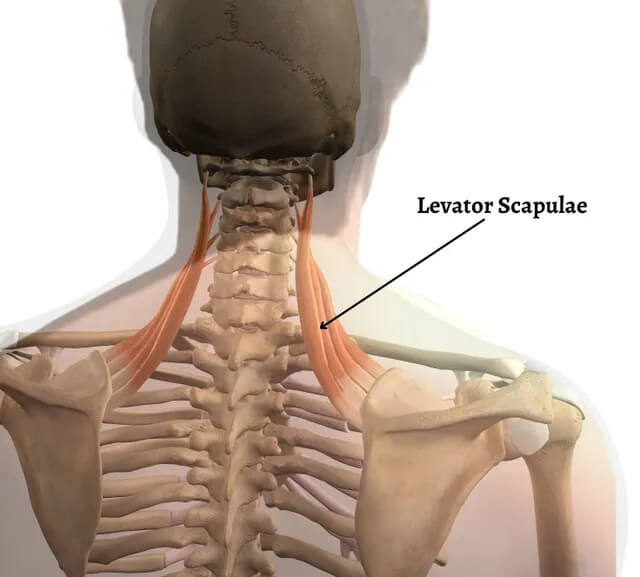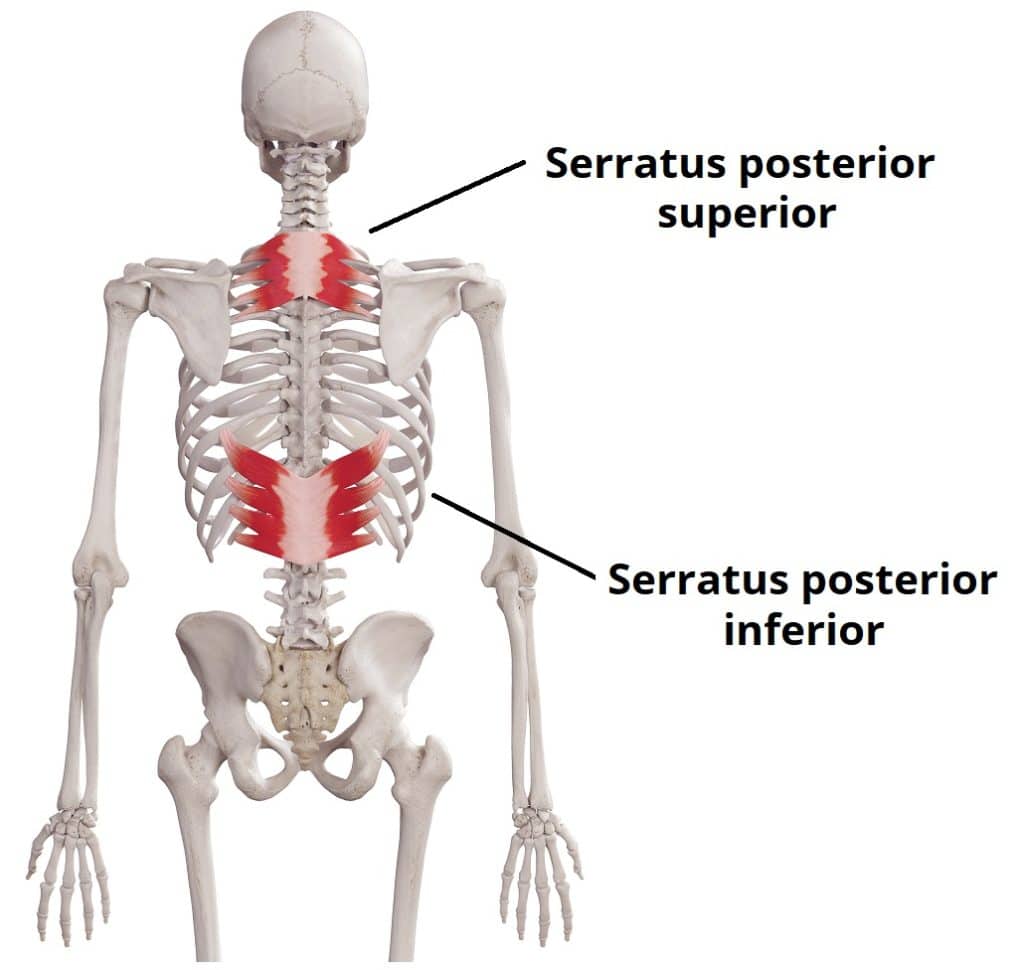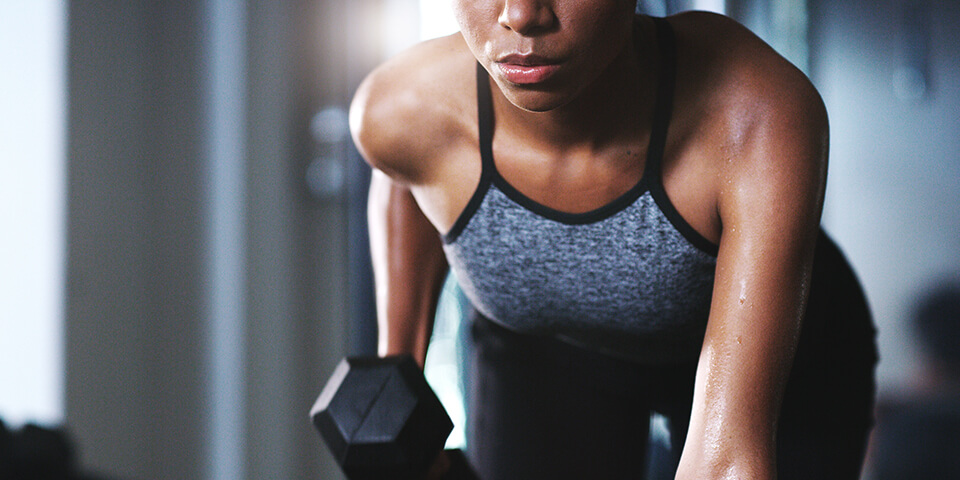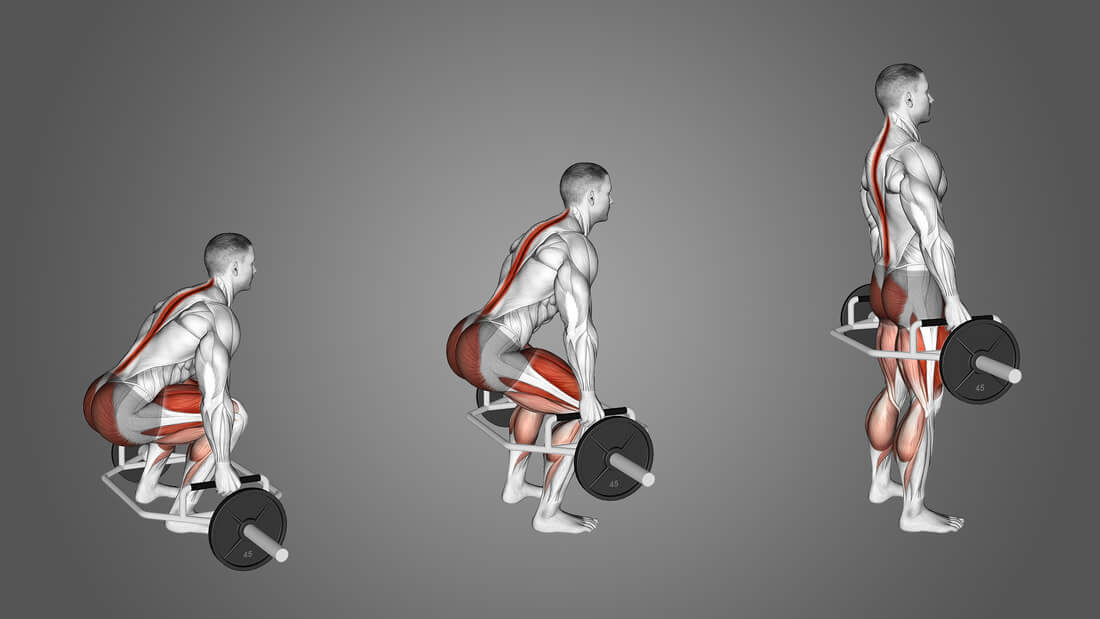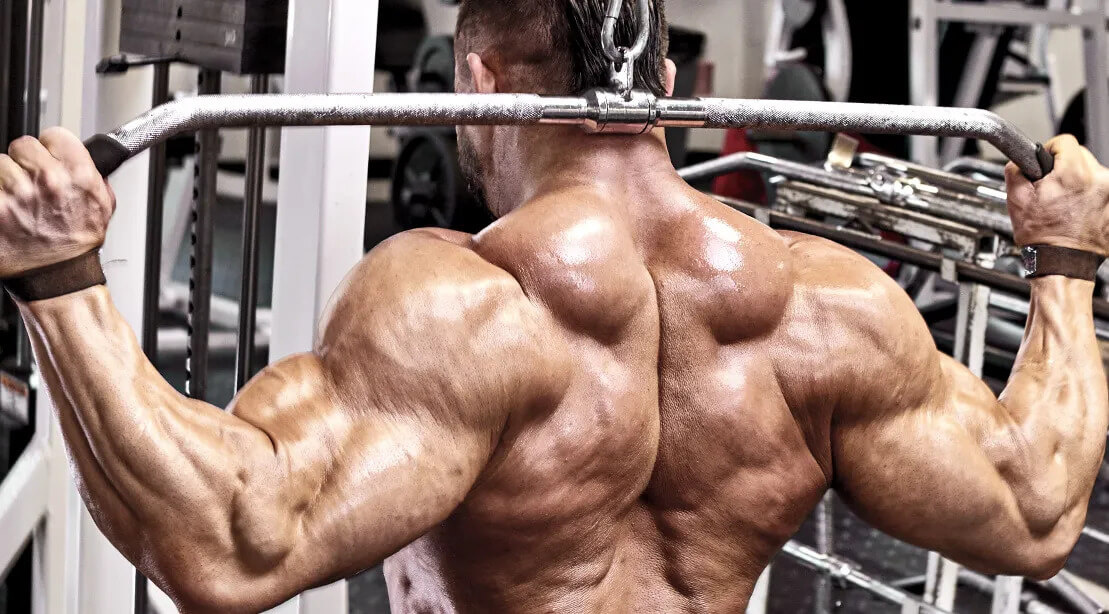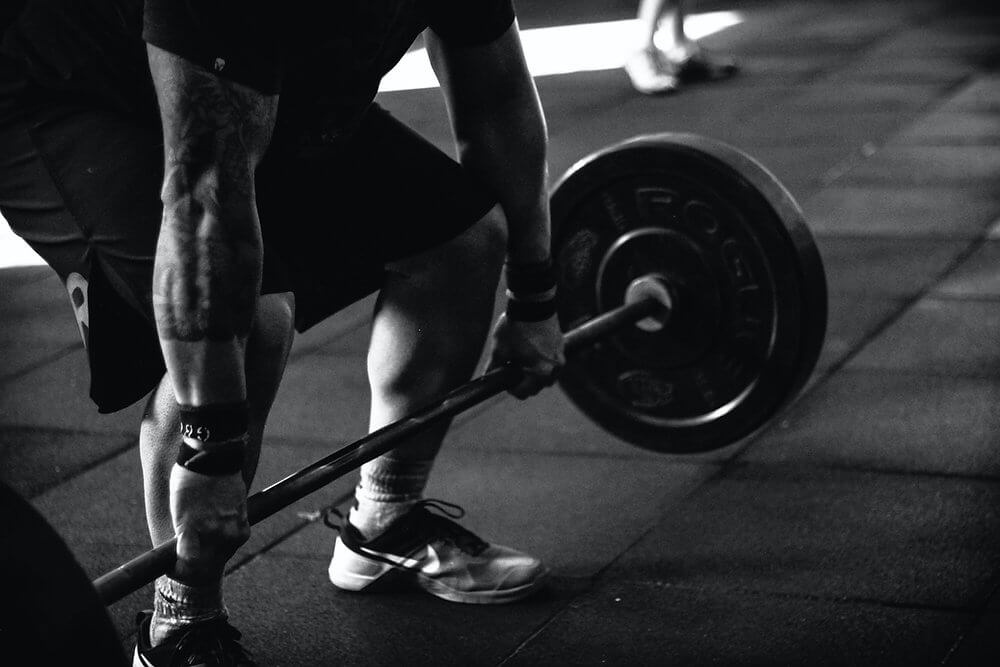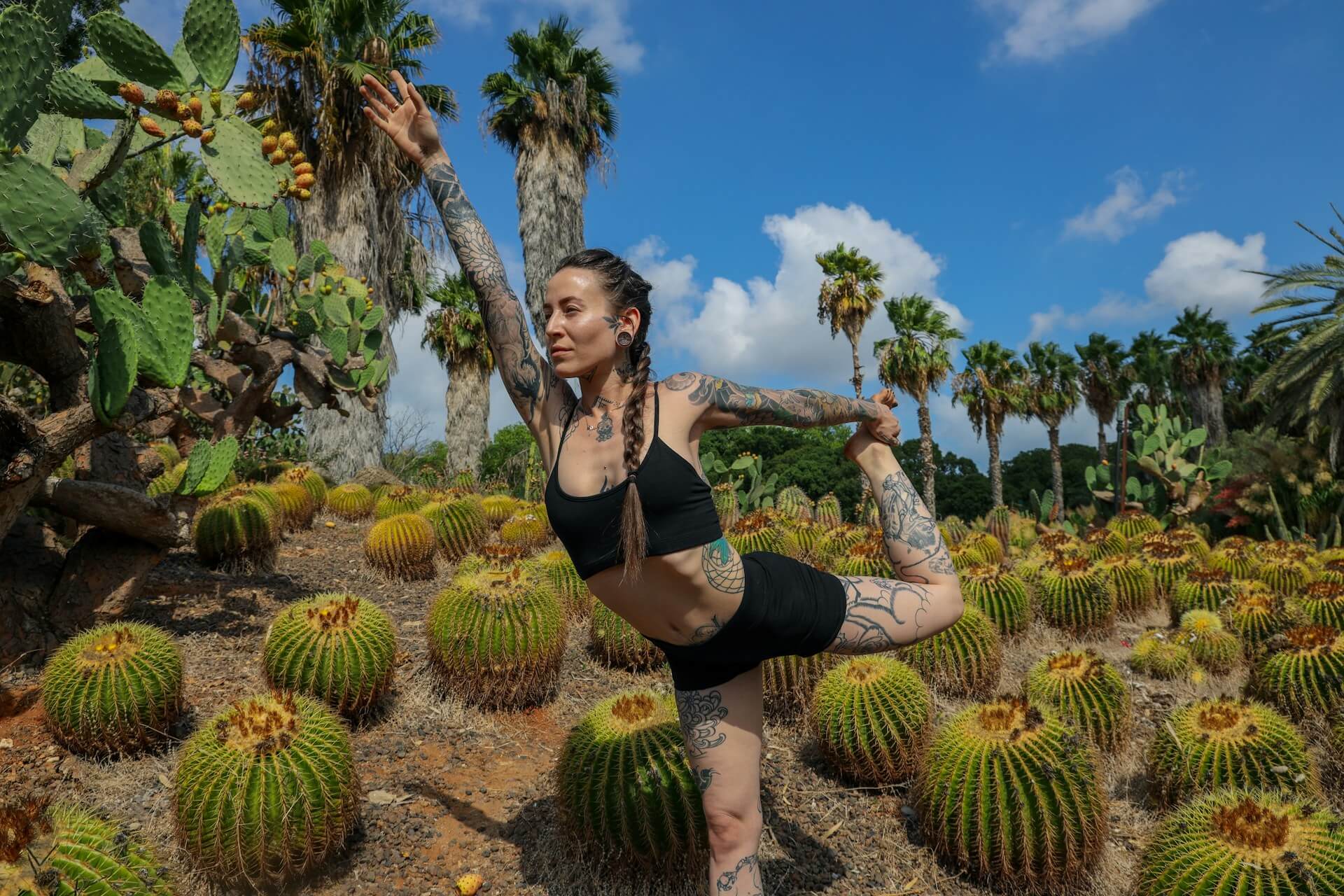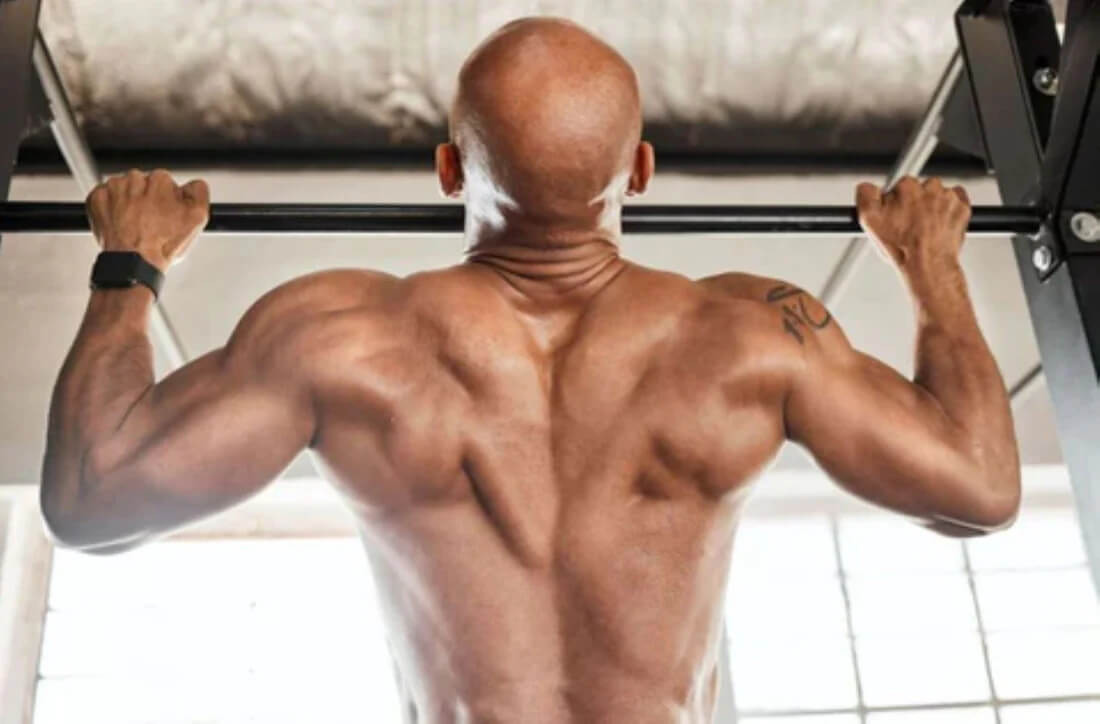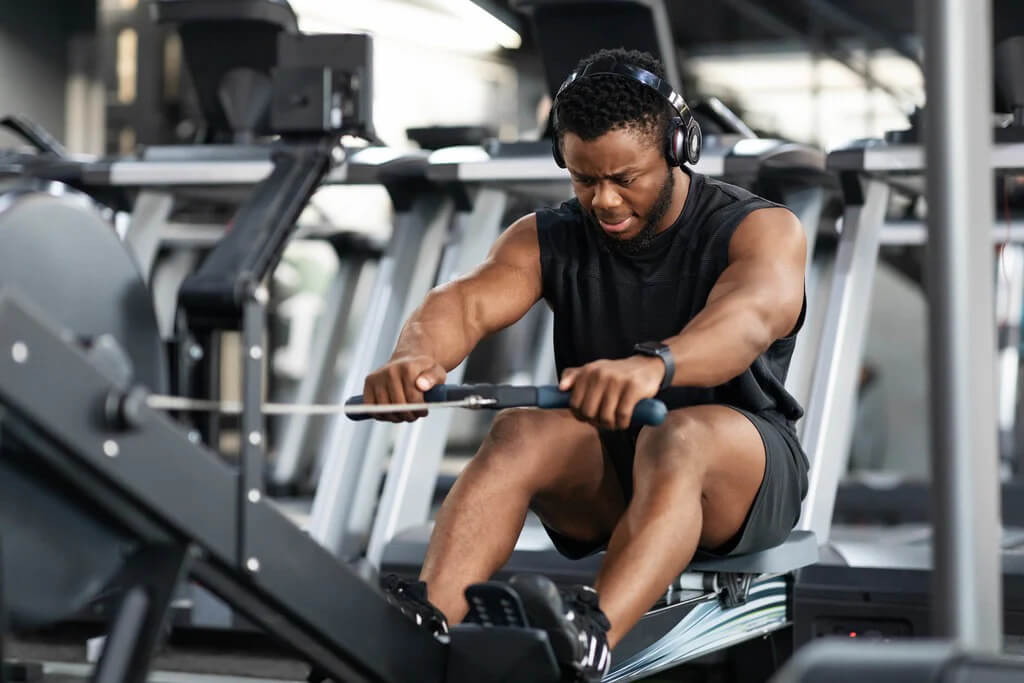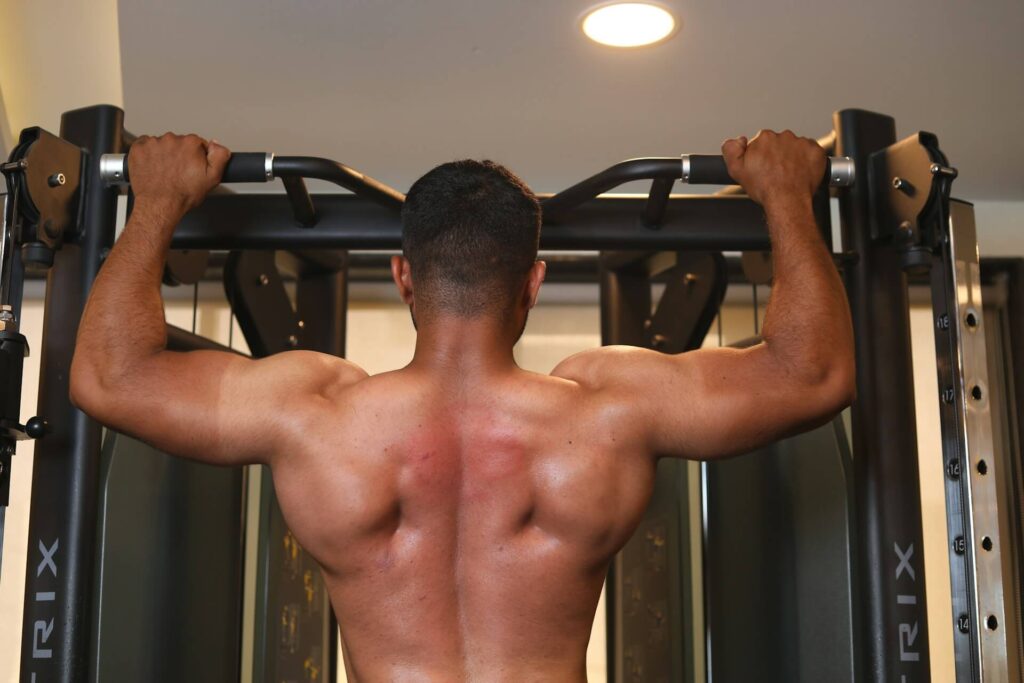The Ultimate Guide to Back Muscles: Anatomy, Physiology, and Training for a Perfect Physique
Whether you’re aiming for a well-defined physique, better posture, or simply a stronger, more functional body, mastering your back muscles is crucial. A well-built back not only looks powerful but supports your entire body, preventing injury and enhancing athletic performance.
In this comprehensive guide, we’ll dive deep into the anatomy and physiology of the back muscles, teach you how to train them for optimal growth, and share advanced techniques to fine-tune your back into a masterpiece. Our aim is to help you understand the science and build a back that’s both strong and aesthetically pleasing.
Understanding the Anatomy of Back Muscles
The National Institutes of Health states that the back is one of the most complex and crucial muscle groups, divided into three layers. Each layer plays a unique role in movement, stability, and aesthetics. To effectively train your back, it’s important to understand the function of each of these muscles.
When men or ladies back muscles, this tissue is the engine for some of the most important movements in your daily life and training. They also play a significant role in your body’s overall structure, helping you stand tall, lift heavy, and move with power.
Here’s an easy breakdown of the three major groups of back muscles:
1. Superficial Muscles (Surface Level)
These muscles are responsible for large, powerful movements and are the ones you see on bodybuilders with well-developed backs. They connect the upper limb to the trunk and help with movements like pulling, lifting, and rotating the shoulders.
Key Muscles:
- Trapezius: This large, kite-shaped muscle spans your upper back and neck, stabilizing and moving the shoulder blades (scapulae). The traps have three sections:
- Upper Trapezius: Elevates the shoulders (think shrugging motion).
- Middle Trapezius: Retracts the shoulder blades, critical for good posture.
- Lower Trapezius: Depresses the shoulders, helping in scapular stabilization during overhead movements.
- Latissimus Dorsi: Known as “lats” . Often called the “wings” of the back, the lats are wide, flat muscles that cover the lower back. They are primarily responsible for pulling movements (like pull-ups, rows) and contribute to the V-taper look that many seek to achieve. The lats also play a major role in shoulder adduction, extension, and internal rotation.
- Rhomboids: These diamond-shaped muscles connect your shoulder blades to your spine and help with scapular retraction, which is important for good posture. The rhomboid major and minor help retract and stabilize the scapula, making them essential for good posture and upper back development.
- Levator Scapulae: Located at the upper part of the back, this muscle helps elevate the scapula (shoulder blades) and assists with neck movement. It’s a key player in supporting the trapezius in maintaining shoulder stability.
2. Intermediate Muscles
These muscles serve mainly in respiration (breathing) and provide posture stabilization during back and shoulder movements. While they aren’t as visible or well-known as the superficial muscles, they are essential for overall back function. They are situated deeper than the superficial muscles but aren’t as visible on the surface.
Key Muscles:
- Serratus Posterior Superior: These help with respiratory functions by controlling rib movements. This small muscle elevates the ribs during inhalation, playing a supportive role in breathing.
- Serratus Posterior Inferior: Located near the lower ribs, this muscle assists in depressing the ribs during exhalation and stabilizes the lower spine.
Though they aren’t directly targeted in most back exercises, these muscles work indirectly during compound movements, providing core stability and supporting larger muscle groups.
3. Deep Muscles (Intrinsic Back Muscles)
The deepest layer of back muscles lies closest to the spine, forming the core of spinal stability and posture. They aren’t as flashy but are critical for spinal health, keeping you upright, and preventing back pain and injuries. While these muscles don’t add much to your physique’s aesthetics, they play a vital role in functional strength and injury prevention.
Key Muscles:
- Erector Spinae: This is a group of muscles running parallel to the spine, comprising the iliocostalis, longissimus, and spinalis. These muscles extend the spine and maintain an upright posture, critical in exercises like deadlifts, squats, and overhead pressing. Without a strong erector spinae, you’ll find it challenging to generate power in compound movements such staying upright or when trying to bend forward or backward.
- Multifidus: A deeper stabilizer muscle that supports spinal alignment and plays a critical role in keeping your core strong. Situated deeper than the erector spinae, the multifidus supports the vertebrae and contributes to spinal stability during twisting and flexion. It’s a vital muscle for core strength and spinal health, protecting the back from injuries during dynamic movements.
- Rotatores: Small muscles that help with the rotation of your vertebrae, contributing to your spine’s mobility. These small muscles run from vertebra to vertebra, helping with rotation and extension of the spine. Though small, they play a significant role in maintaining flexibility and mobility of the spinal column.
The Physiology of Back Muscles: How They Work
Back muscles don’t work in isolation, they perform a wide variety of functions while being connected to the entire body—from stabilizing your spine and allowing you to breathe, to generating force during athletic activities like lifting, pulling, and climbing. The two primary muscle fiber types—slow-twitch (Type I) fibers and fast-twitch (Type II) fibers—both contribute to your back’s function, but in different ways.
Types of Muscle Fibers
The back muscles consist of two main types of muscle fibers:
Slow-Twitch Fibers (Type I): These are endurance-oriented muscles. They help you maintain posture over long periods. Exercises that involve holding positions, like planks, engage these fibers.
- Purpose: These muscle fibers are built for endurance and sustained contraction. Slow-twitch fibers are dense with mitochondria, which allows them to use oxygen efficiently and contract for longer periods without fatigue.
- Example Activity: Postural support or holding a static contraction (like in planks or bent-over row holds).
- Training Tip: To train slow-twitch fibers, emphasize time under tension. This means focusing on slow, controlled reps, especially during the eccentric (lowering) phase of movements.
Fast-Twitch Fibers (Type II): These are the powerhouse fibers that help you lift heavy loads and perform explosive movements. When you lift weights or do high-intensity muscle building lower back exercises, you’re recruiting Type II fibers.
- Purpose: These fibers are designed for power and explosive movements. They generate a lot of force but fatigue quickly. Fast-twitch fibers are more responsive to heavy weights and high-intensity training.
- Example Activity: Explosive pulls (e.g., deadlifts, rows), sprinting, or plyometric exercises.
- Training Tip: Use heavy weights with lower reps (e.g., 4-8 rep range) and explosive concentric movements to target these fibers effectively.
Posture, Stability Movement Patterns
Your back muscles are critical in controlling the alignment of your spine and supporting proper posture—from sitting at your desk to lifting weights in the gym. Deep muscles like the multifidus and erector spinae are crucial for maintaining posture and preventing injury.
They also help maintain spinal curvature, ensuring the vertebrae stay properly aligned during both movement and rest. Poor posture or improper lifting form can overwork your superficial muscles while leaving your deeper stabilizers underdeveloped, leading to back pain and poor performance.
- Stabilizers like the deep muscles protect against injury and allow your larger, superficial muscles (like the lats and traps) to generate power.
- Mobilizers, such as the superficial muscles, allow for dynamic movement and large motions (e.g., pulling, lifting).
In the gym, incorporating lower back exercises for muscle building helps train both stabilizers and mobilizers. Core stabilization exercises (like planks, bird dogs, and dead bugs) should be integrated with dynamic back training (like rows, pull-ups, and deadlifts) for balanced development.
How Do You Build Back Muscles?
To attain strong body builder back muscles, you need a well-rounded approach that targets all the major muscles. A well-rounded back workout hits all areas—upper, middle, and lower back muscles. This not only enhances your aesthetics but also boosts strength and performance across multiple lifts. Here’s how you can structure your training to build a back that’s both muscular and functional.
1. Compound Movements: The Foundation of Back Training
Compound exercises work multiple muscle groups at once, making them the most efficient way to build back strength and size. These exercises involve multiple joints and muscle groups, allowing you to lift heavier weights and build a balanced back. These should form the foundation of any back workout program.
Top Compound Exercises for the Back:
- Deadlifts: This is the king of back exercises for building strength and mass. It is a full-body movement, literally the most complete back exercise you can perform, engaging the erector spinae, traps, lats, and even your legs and core. The deadlift is unparalleled for building strength and thickness across your entire back.
- Pro Tip: Focus on keeping your spine neutral and driving through your heels to lift the bar explosively.
- Pull-ups/Chin-ups: A bodyweight staple, these exercises are highly effective for building lat width, which contributes to the coveted V-taper. Pull-ups target the lats, traps, and rhomboids, while chin-ups (with an underhand grip) emphasize the biceps and lower traps more.
- Pro Tip: Vary your grip (wide, narrow, underhand) to target different parts of your back and arms.
- Barbell Rows: One of the best exercises to build thickness in your back. These target the mid-back, engaging the traps, rhomboids, and lats. Barbell rows build thickness and overall mass. They also engage the lower back, core, and even glutes as stabilizers.
- Pro Tip: Focus on squeezing your shoulder blades together at the top of the movement to maximize rhomboid activation.
- T-bar Rows: A lot of people sought to the answer to the question; “does rowing build back muscle?” The answer is yes. A variation of the row that adds more tension to your mid and lower back. It’s excellent for adding depth and mass to your back, particularly around the traps and rhomboids.
- Pro Tip: Keep your torso at a 45-degree angle and use a wide grip to activate the rear delts and upper back.
2. Isolation Movements: Target Specific Areas
Back exercises build muscle, especially when you use isolation exercises which allow you to focus on specific parts of your back for more detailed muscle development. Once you’ve built a foundation of strength and mass with compound exercises, it’s time to focus on specific areas using isolation movements. There are certain back workout for building muscle, these muscle building back workout target individual muscles, allowing you to sculpt and fine-tune your back.
Best Isolation Exercises for a Defined Back
- Lat Pulldowns: One of the best back exercises for building muscle as well as a great alternative to pull-ups, particularly for beginners or those who can’t perform bodyweight pull-ups yet. Similar to pull-ups but performed on a machine, allowing for easier control of weight and form. Lat pulldowns help build lat width and improve your back’s overall appearance.
- Pro Tip: Lean back slightly and pull the bar to your chest for better lat engagement.
- Face Pulls: This is a fantastic exercise for targeting the rear deltoids, rhomboids, and traps. It helps build back muscles fast as well as improve posture and strengthen the muscles that stabilize your shoulder blades, which is crucial for injury prevention.
- Pro Tip: Use a rope attachment and pull the handles toward your face, making sure to externally rotate your shoulders at the end of the movement.
- Dumbbell Rows: Focuses on unilateral development, ensuring both sides of your back grow equally strong. This unilateral exercise ensures balanced back development, as each side works independently. Dumbbell rows help target the lats and rhomboids and also activate stabilizing muscles in the core and lower back.
- Pro Tip: Pull the dumbbell toward your hip, not your chest, to keep tension on your lats.
- Shrugs: Primarily a trap exercise, great for improving the upper back. These target the upper traps and are perfect for building a thick, muscular neck and upper back. They also contribute to overall shoulder stability.
- Pro Tip: Focus on controlled movements, pausing at the top for a strong contraction.
3. Perfecting Your Technique: Injury Prevention and Muscle Activation
Back training can be tricky, exercising back muscles with poor form can lead to injuries especially if you’re lifting heavy weights. Maintaining good form is crucial for preventing injuries and maximizing muscle activation. This is because the lower back is vulnerable to strains. Here are a few tips to ensure you’re on the right path:
- Engage Your Core: Whether you’re deadlifting or rowing, keeping your core tight helps protect your lower back. Your core plays a crucial role in protecting your spine during back exercises. So,engaging it in core movements like deadlifts and rows could help prevent lower back strain.
- Don’t Overarch: Avoid hyperextending your lower back. Keep a neutral spine during lifts. Always maintain a natural curvature during lifts. Avoid rounding your back, especially in heavy movements like deadlifts or barbell rows.
- Controlled Movements: Slow and controlled movements during both the concentric (lifting) and eccentric (lowering) phases help build more muscle and prevent injuries. The eccentric phase (lowering the weight) is when your muscles are under the most tension. Slowing down this part of the lift can increase muscle growth and help you control the movement.
4. Training Frequency and Volume
Back muscles, like any other muscle group, need adequate recovery. A good rule of thumb is to train your back 2–3 times per week for optimal results, allowing at least 48 hours between sessions. Focus on different movement patterns and muscle groups in each session.
To embark on muscle building lower back exercises, ensure that you balance pulling movements with pushing movements (e.g., chest and shoulder exercises) to avoid muscle imbalances and postural issues. Here’s a sample split:
- Day 1: Heavy Pulling (Strength focus): Heavy deadlifts, barbell rows, shrugs (lower rep ranges, 4-6 reps)
- Day 2: Vertical Pulling (Hypertrophy Focus): Pull-ups, lat pulldowns, face pulls, T-bar rows (moderate rep ranges, 8-12 reps)
- Day 3: Isolation and Stability Work (Stability & Endurance Focus): Dumbbell rows, lighter deadlifts or rack pulls, core work (higher rep ranges, 12-15 reps)
5.Recovery: Rest, Repair, and Growth
For those interested in building back muscle mass, it is important to note that your muscles grow during rest, not during your workout. It’s crucial to allow adequate recovery between sessions. The 48-hour rule ensures your back muscles have enough time to recover between intense workouts. Also, include active recovery days (light walking, stretching) to improve blood flow to the muscles and promote faster healing.
6. Nutrition for a Strong Back
Your back muscles won’t grow without the right fuel. For optimal muscle growth, recovery, and performance, ensure your diet includes:
- Protein: Essential for muscle repair and growth. Aim for at least 1.6-2.2 grams of protein per kilogram of body weight daily. Great sources include lean meats, fish, eggs, dairy, legumes, and plant-based protein supplements.
- Carbohydrates: These provide the energy you need for intense back workouts. Include whole grains, fruits, and vegetables in your diet. Your muscles need glycogen to fuel intense training sessions. Complex carbohydrates like oats, brown rice, quinoa, and sweet potatoes are great for sustained energy.
- Healthy Fats: Healthy fats, particularly Omega-3s from sources like fish, flaxseeds, and walnuts, reduce inflammation and support joint health, making them essential for heavy lifters.
7. Progressive Overload: The Key to Consistent Growth
The question is are back muscles easy to build? Well if you want to see continuous improvement in your back development, you need to apply the principle of progressive overload. This involves gradually increasing the demands on your muscles by adding more weight, reps, or sets to your workout. This ensures that your muscles are constantly being challenged, leading to growth.
Advanced Techniques for Back Development
Once you’ve built a strong foundation with traditional training, you can incorporate more advanced techniques to push your back development to the next level.
Drop Sets
Perform a set to failure, then reduce the weight by 20-30% and continue for as many reps as possible. Drop sets are highly effective for increasing muscle hypertrophy by extending the time under tension.
Supersets
Pair two exercises back-to-back with minimal rest. For example, perform a set of pull-ups followed immediately by barbell rows. Supersets increase workout intensity and maximize muscle engagement, perfect for both size and conditioning.
Isometric Holds
Hold the contraction at the top of a movement, such as the peak of a pull-up or row, for a few seconds. Isometric holds build strength and endurance, especially in smaller stabilizer muscles.
Common Mistakes to Avoid When Training Back Muscles
Even the most seasoned lifters can fall into bad habits. Here are some mistakes to watch out for when training your back:
- Neglecting the Lower Back: Exercises like deadlifts and hyperextensions are crucial for developing the lower back and preventing imbalances. Your lower back is just as important as your upper back. Exercises like deadlifts, hyperextensions, and rack pulls ensure balanced development and prevent lower back pain.
- Overtraining: More isn’t always better. Trying to build back shoulder muscles through overtraining your back muscles without sufficient rest can lead to fatigue and increase injury risk.
- Over-reliance on Machines: While machines are useful for isolation work, relying solely on them can limit functional strength. Always include free-weight exercises to build real-world strength.
- Not Engaging the Scapula: A common mistake in exercises like rows and pull-downs is failing to properly retract the scapula. Make sure to squeeze your shoulder blades together during pulling movements to fully engage the back muscles.
- Poor Grip Strength: Your grip often gives out before your back does. Strengthen your grip with exercises like farmers’ walks and wrist curls.
Conclusion: Build the Perfect Back
Building a strong, well-defined back isn’t just about aesthetics; it’s about health, posture, and overall body strength. By incorporating a balanced training routine that includes both compound and isolation exercises, maintaining proper form, and fueling your body with the right nutrients, you can sculpt a back that’s both powerful and visually impressive.
Whether you’re just getting started or you’re a seasoned lifter, remember to focus on consistent, progressive overload. Stick to your routine, make adjustments as needed, and you’ll see incredible gains over time, contributing to a physique that not only looks great but performs incredibly well in and out of the gym.
Take action today and start building the perfect back. Your journey to a stronger, healthier, and more muscular back begins now!
